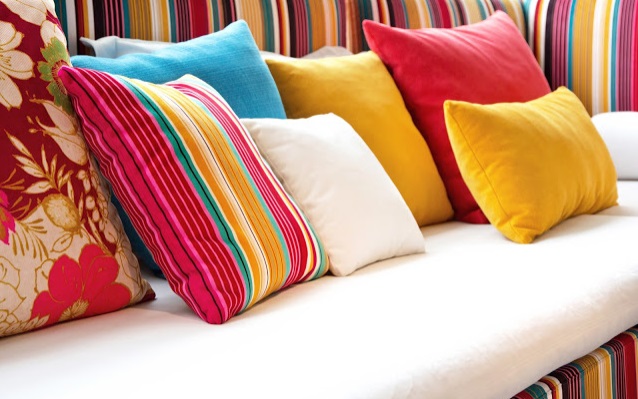Emotional intelligence in vitiligo can play a major role in how one interacts with co-workers, friends, family members and other acquaintances. But when your skin is losing its pigment rapidly, it’s natural to struggle with poor emotional skills that make social situations awkward and fraught with tension. So how do you manage heaps of emotions?
Interestingly, every color has certain healing energy. Today, many offices, schools, restaurants, and hospitals use Color Therapy to bring healing energies into space. Offices use blues to relax employees that work in high-pressure environments while schools use yellows and oranges which stimulate creative ideas in students. These ideas can be used to keep your emotions managed in vitiligo.
So, if you, too, are experiencing heaps of emotions in vitiligo, give color therapy for home a try. You may not experience benefits immediately, but in the long run, you will find yourself calmer and excited (whenever required) within the confines of your home.
The science of colors
Colors can be divided into Cool Colours (green, blue, violet) and Warm Colours (red, yellow, orange). Warm colors add warmth to a room and generally stimulate the emotions. On the other hand, cool colors create a peaceful atmosphere and bring about a sense of balance in life.
Use of Warm Colours
The principle of Color Therapy can be applied anywhere in your home. You may want to stimulate appetite, aid digestion or create a warm family atmosphere in the dining area. Shades and hues of yellow, orange and red can help you with that. Orange is stimulating and energizing. Considered to be very optimistic, warm and the most sociable of all the colors, it can be widely used in dining and entertainment zones.
Use of Cool Colours
Blue is the most calming and peaceful color. Though many shades of blue look very different, they all relax the mind. Blue allows you to focus on the task at hand, bringing in peace and serenity. It lowers the blood pressure and should be used predominantly in bathrooms.
Green helps with concentration (suggested for a study area) and aid in restful times when stressed. Though Green is the right color for bedrooms, it is so beneficial that every room to have at least a splash of green.
Violet is mostly associated with meditation as it facilitates introspection. Gentle and soothing, Violet is often used in rooms to promote feelings of self-esteem and respect. Use it in the area when you meditate.
Color Therapy for Home
There has to be a balance of cool and warm colors in your home. If you experience difficulty in sleeping, there is a strong possibility that your room’s color scheme either too bright or over-stimulating.
For a study area that involves thinking and coming up with creative ideas, use a light shade of yellow for increasing productivity. As yellow is the color of the natural sunlight, it will keep your spirits high. However, excessive use of yellow encourages hyperactivity so it should be balanced with shades of blue.
Similarly, it’s good to have calming colors in the home, but an over-abundant contact with a fresh color like blue can cause mental fatigue or depression in vitiligo. Balance it with the orange.
Still, it’s all about your preferences. For a cozy feeling in a living room, you should use harmonious warm colors, but if you want a peaceful, relaxed atmosphere, then cool colors may be a perfect choice. Also, you don’t always have to paint walls to create a favorable atmosphere. You can create a combination of calm or a stimulating environment by choosing the right colored decorative or furnishing items. You can also introduce your favorite colors through cushions, curtains, artworks, plants or flowers in your favorite color. This way, you will feel that you have control over your emotions, even if they are often challenged by vitiligo.

